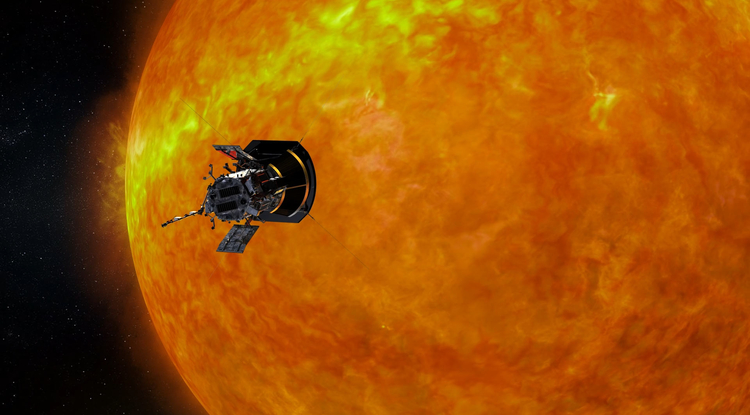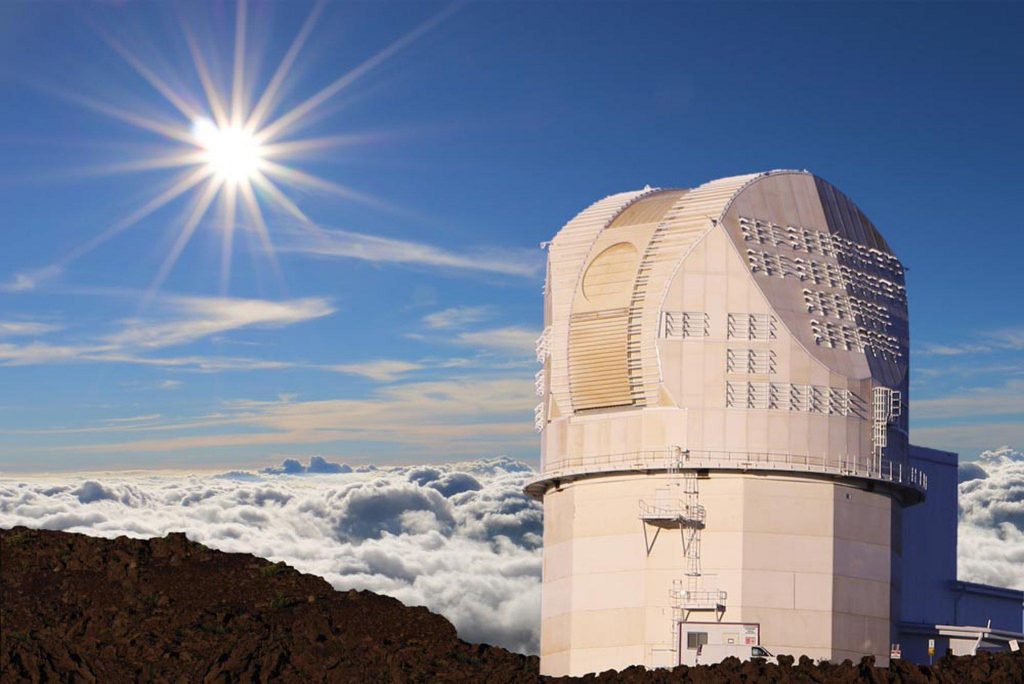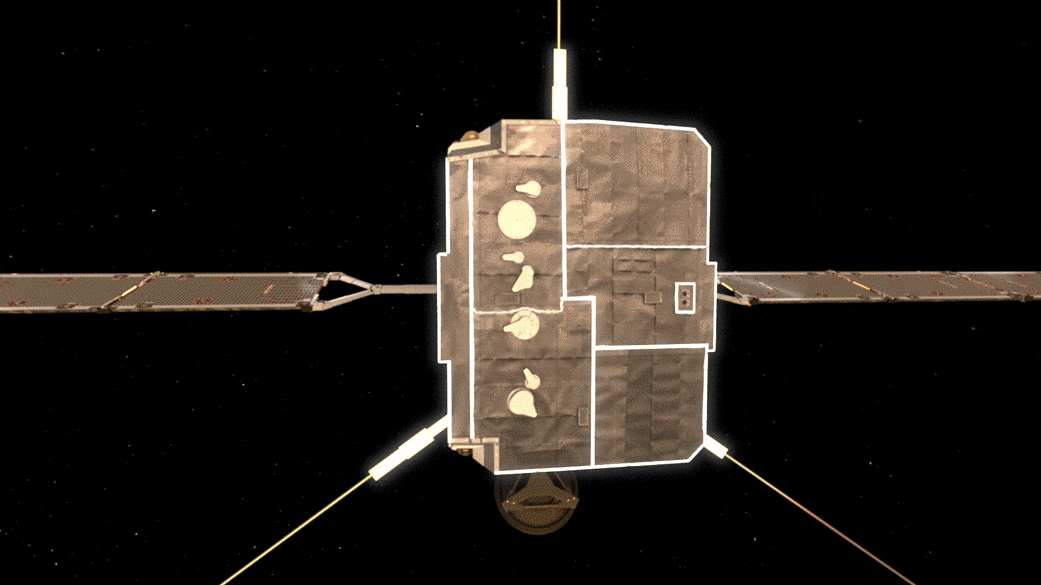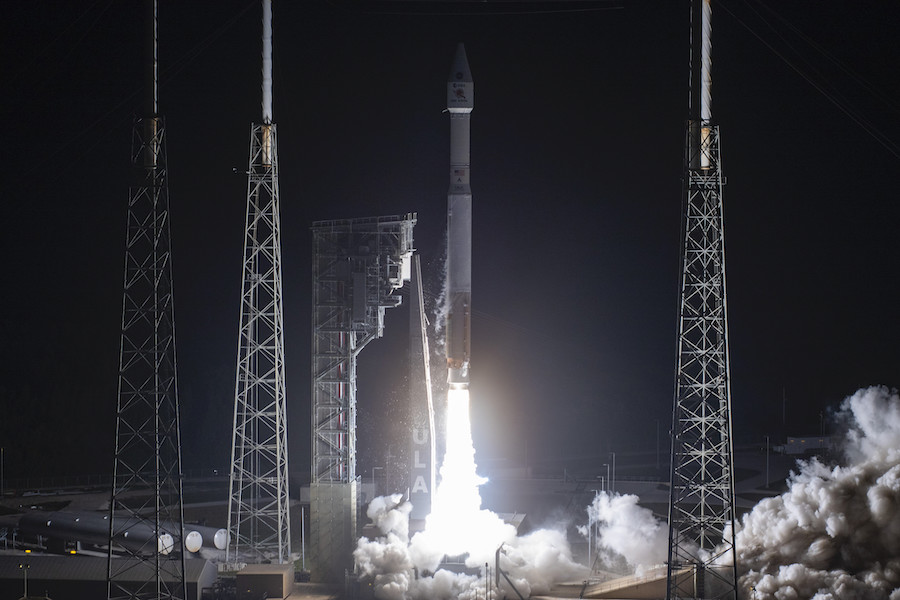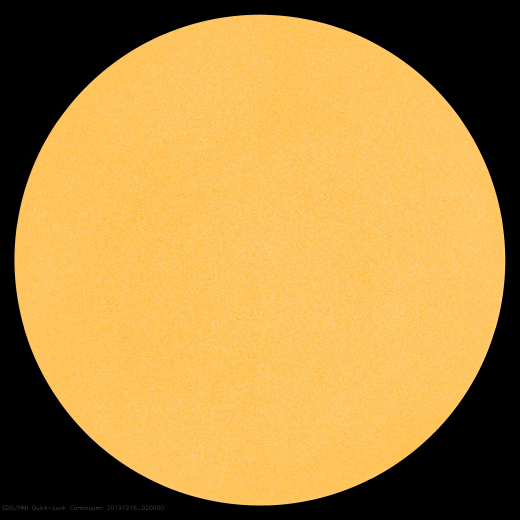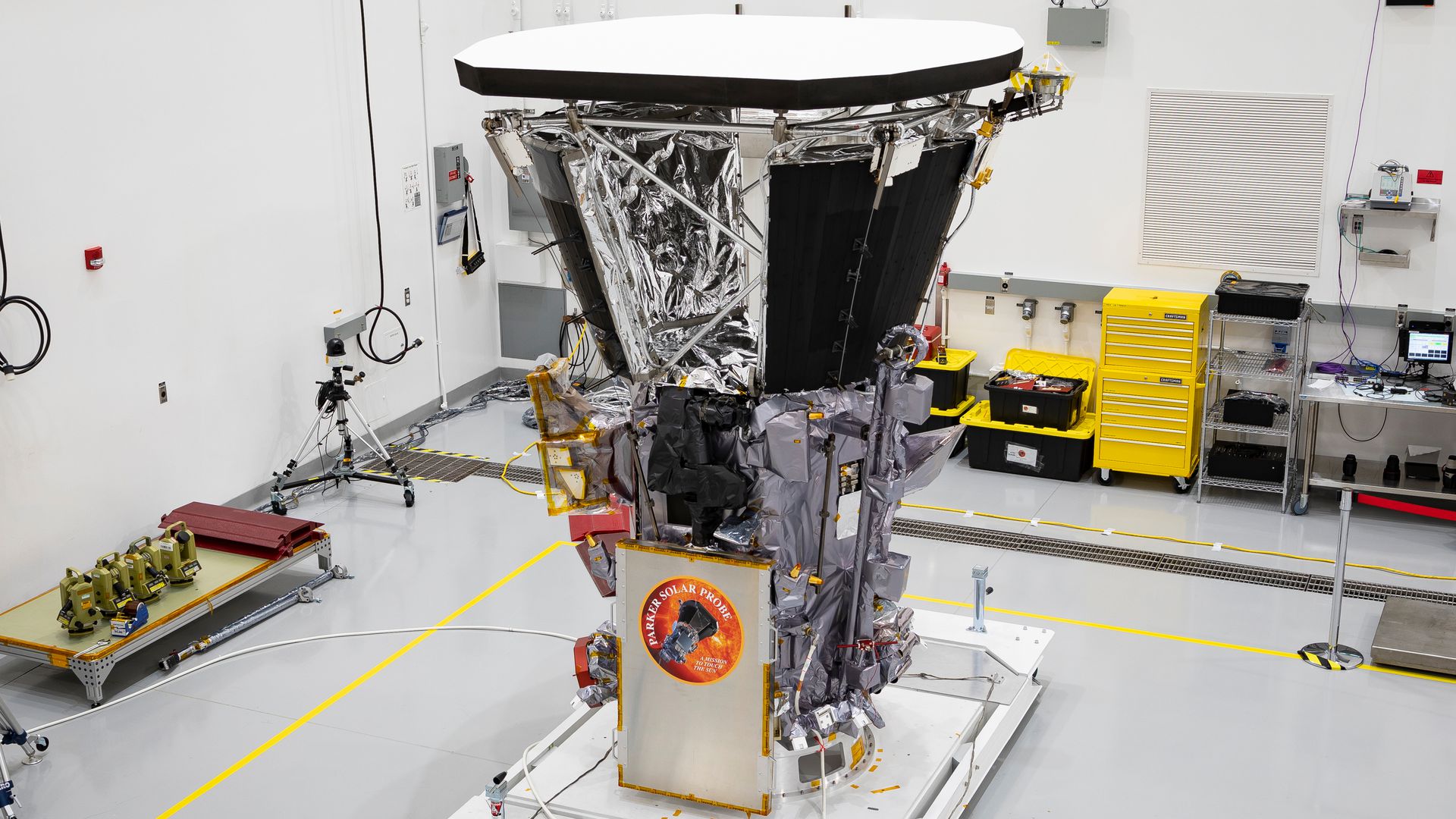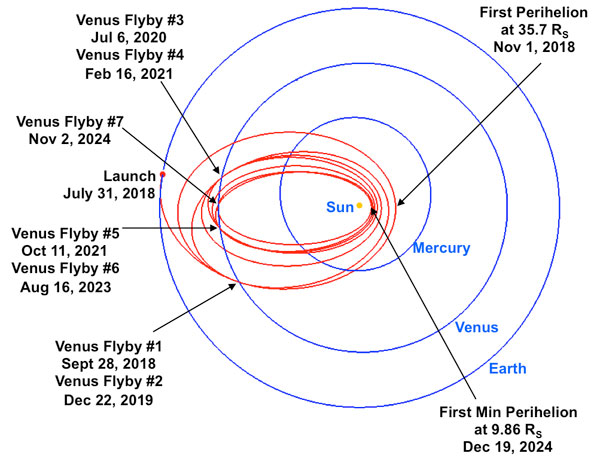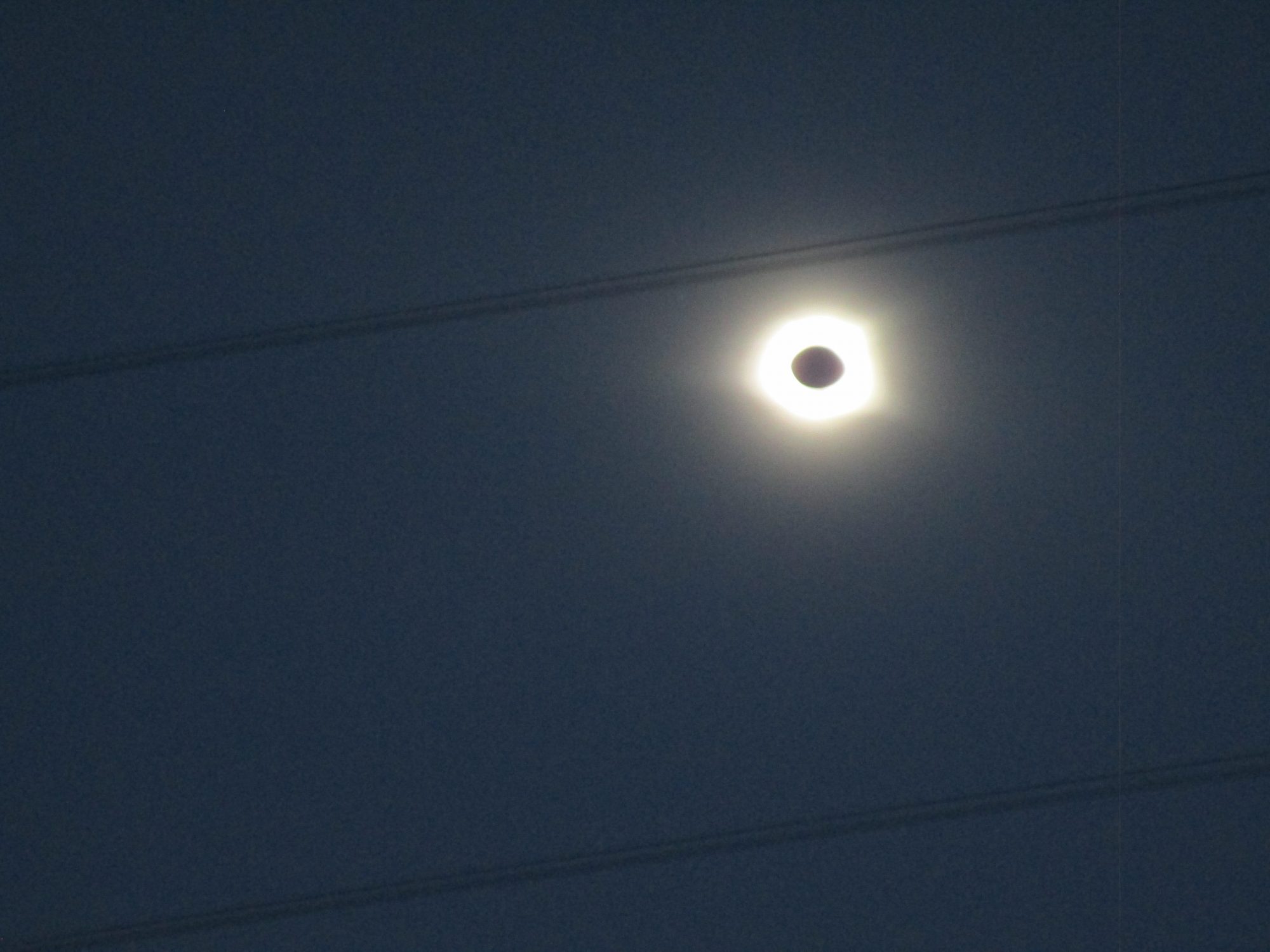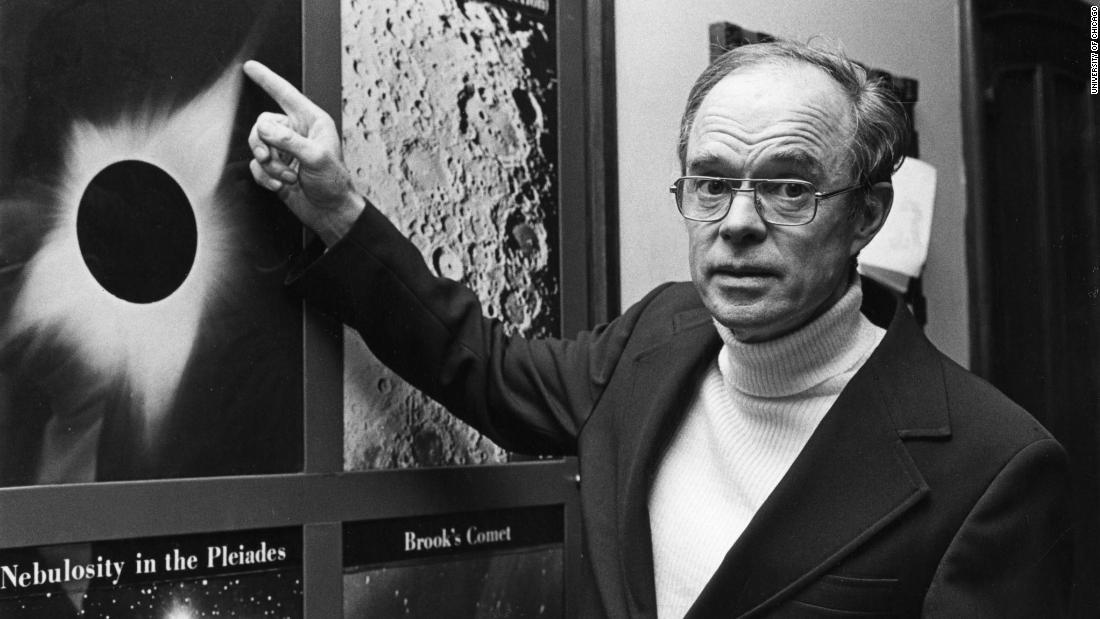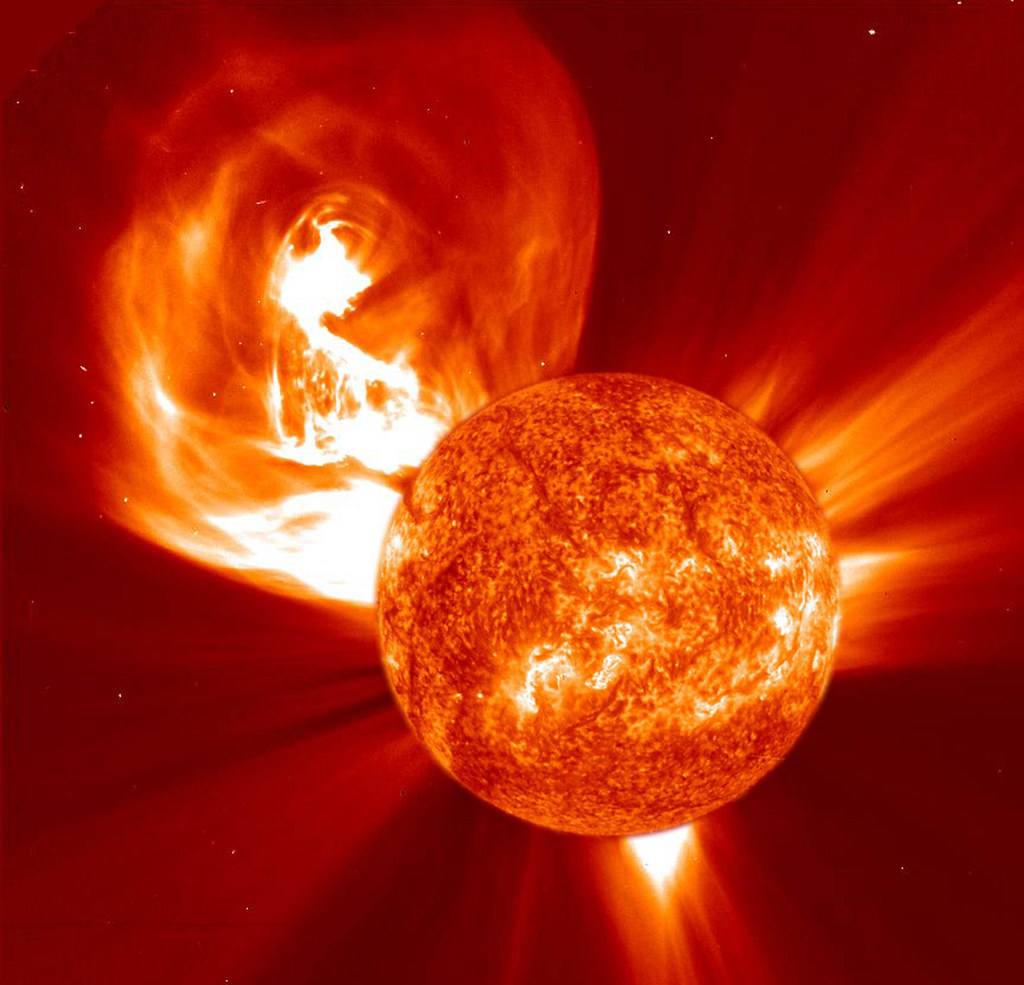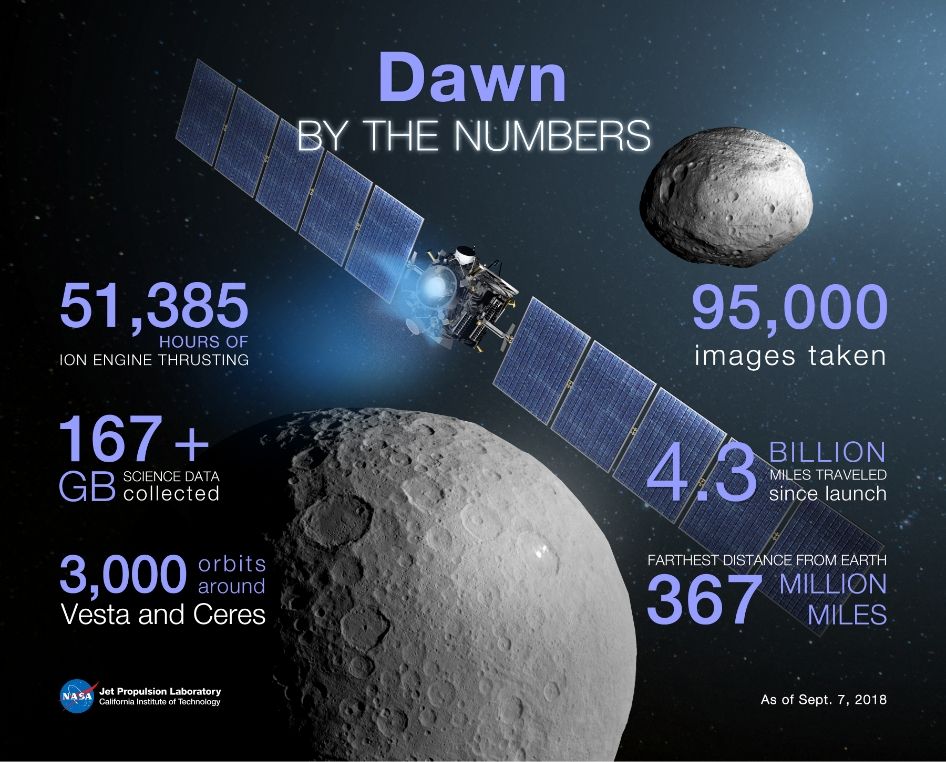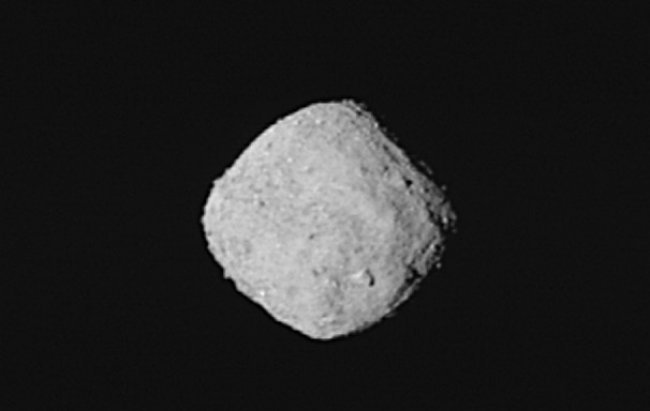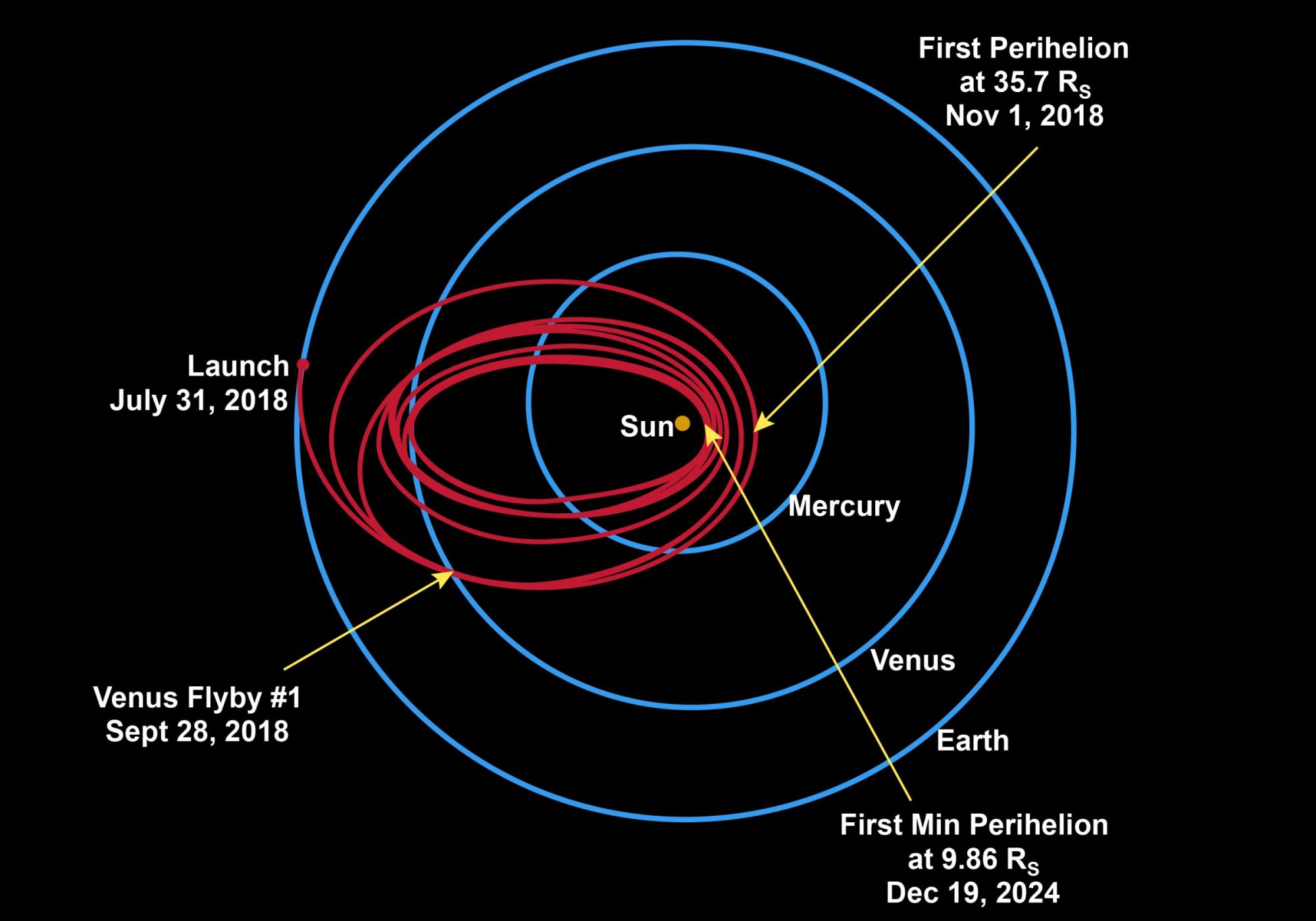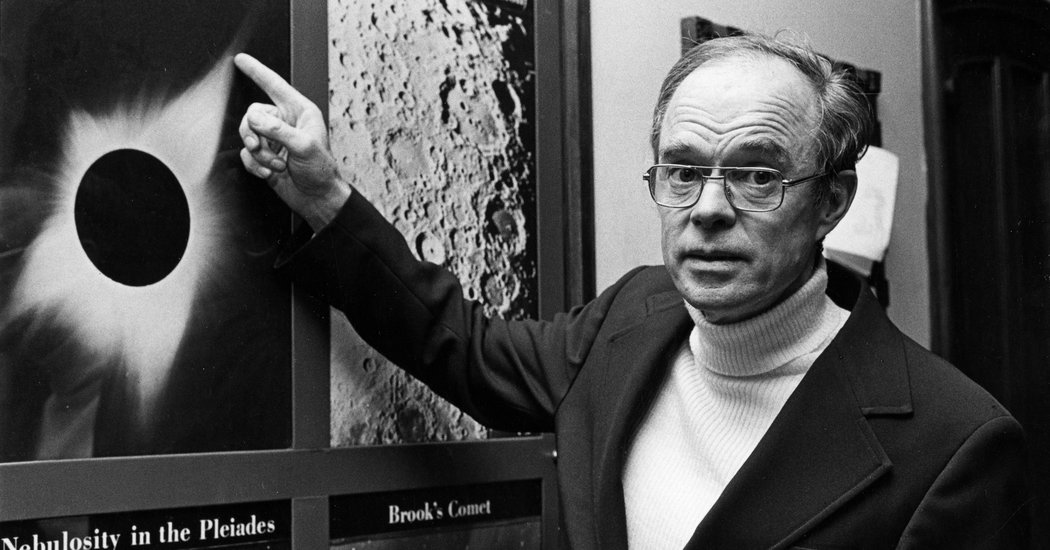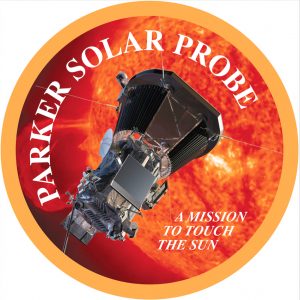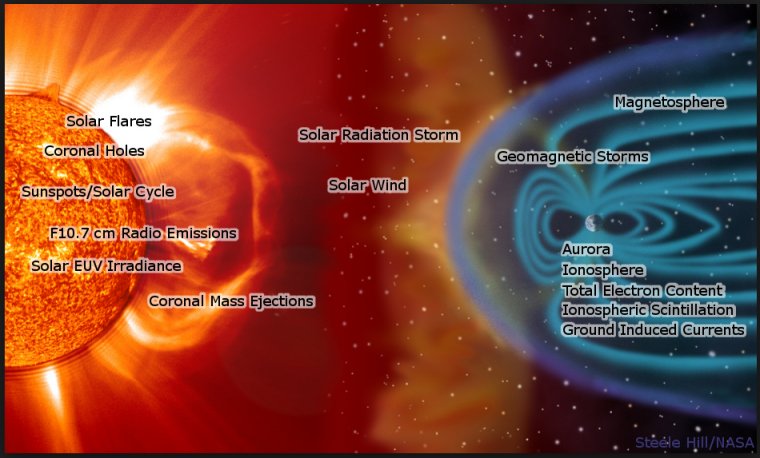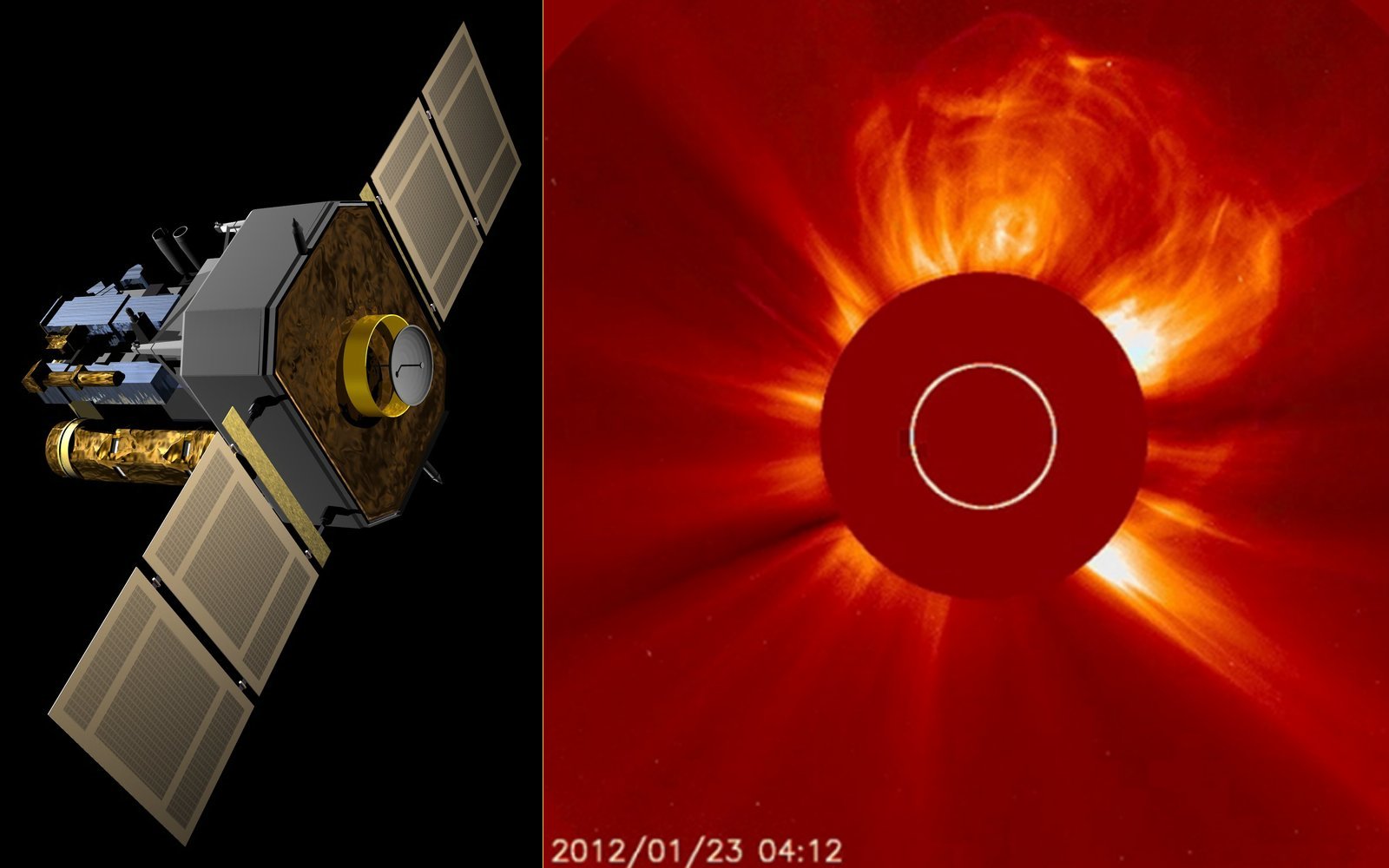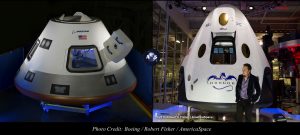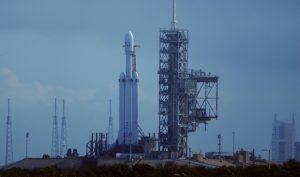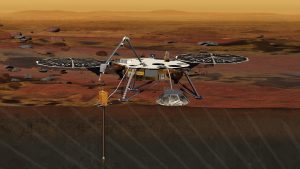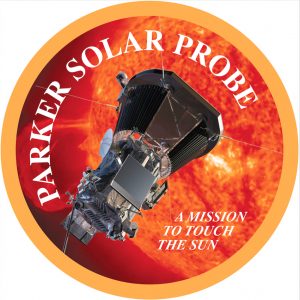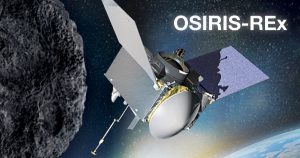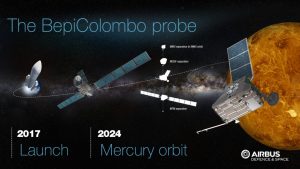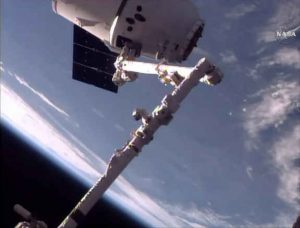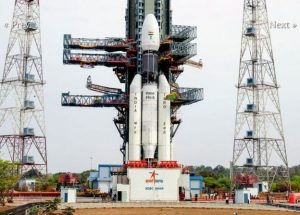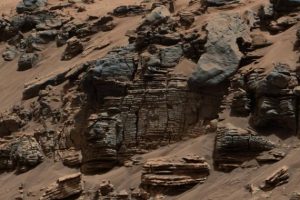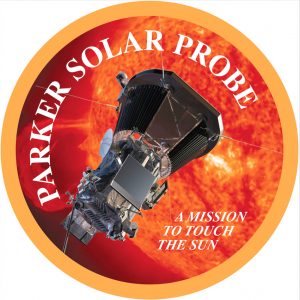My last few posts about the latest news on the human exploration of space was all about the technical problems associated with Boeing’s Starliner capsule and the effects those issues had on the Space X Crew 9 mission as well as the International Space Station (ISS) in general. So, in this post I intend to ignore both the ISS and all missions to Low Earth Orbit (LOE). Instead, I’ll be talking about NASA’s plans for going back to the Moon and, unfortunately politics.
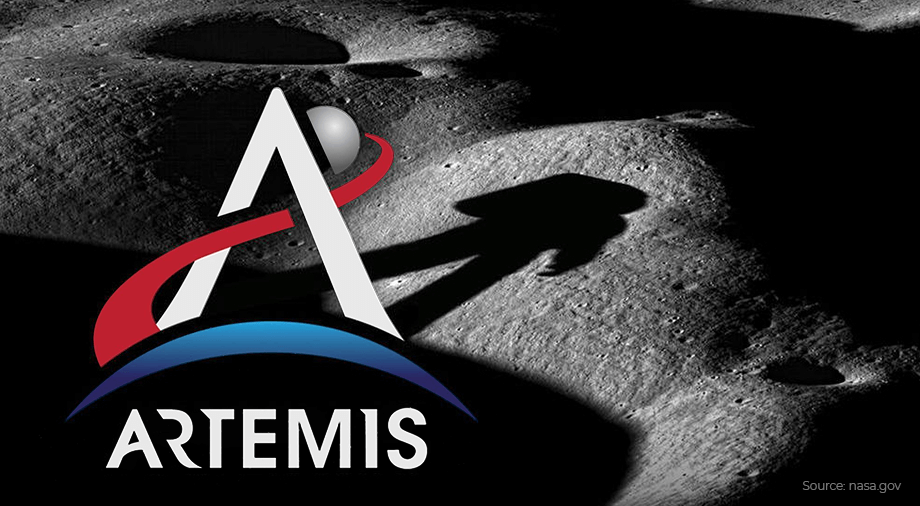
As I’ve discussed in several of my past posts, see 3 December 2022 and 24 February 2024, NASA’s plan for returning astronauts to the Moon is called the Artemis Program and resembles the old Apollo Program in several ways. Like the old giant Saturn V rocket NASA will use the large Space Launch System (SLS) to launch the Artemis astronauts into space aboard a capsule called Orion that is similar to the old Apollo Command Module. The Orion capsule is also attached to a Service Module, again like Apollo. The actual landing on the Moon will be accomplished using a Landing Module, again like Apollo.
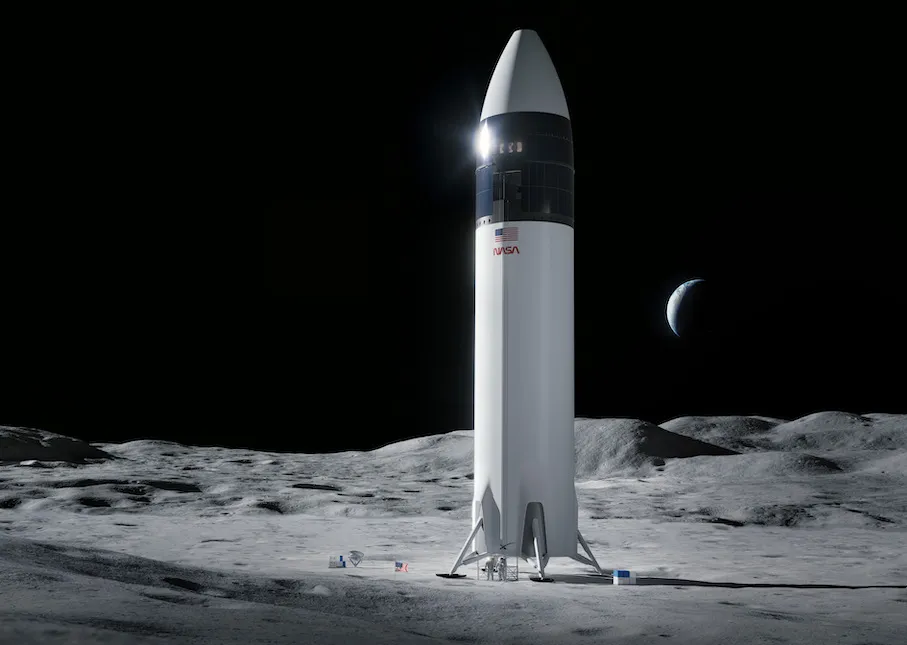
The biggest difference between Artemis and Apollo is that for Artemis the Lander Module will not travel to the Moon with the Orion capsule and its Service Module but rather will go to the Moon by itself. NASA also hopes at some point to place a small space station into Lunar orbit from which the Astronauts will descend to the Lunar surface.
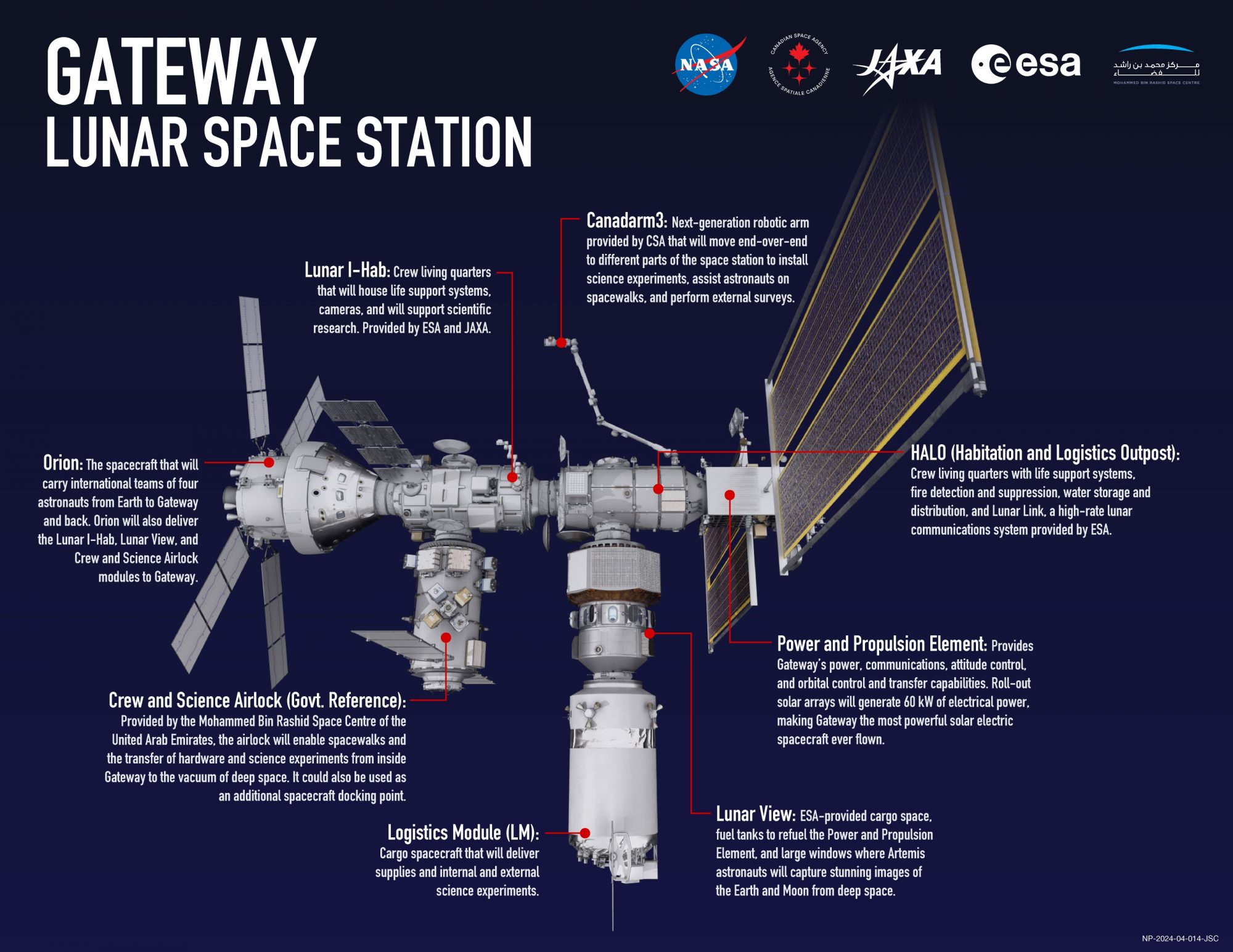
NASA has already carried out one unmanned test mission of the SLS and Orion capsule back in December of 2022, a flight that was called the Artemis 1 mission, which was the first time that a man capable spacecraft had orbited the Moon since 1972. As the Orion capsule was returning to Earth however its heat shield underwent unexpected charring during re-entry and despite two years of testing NASA still does not fully understand the problem.
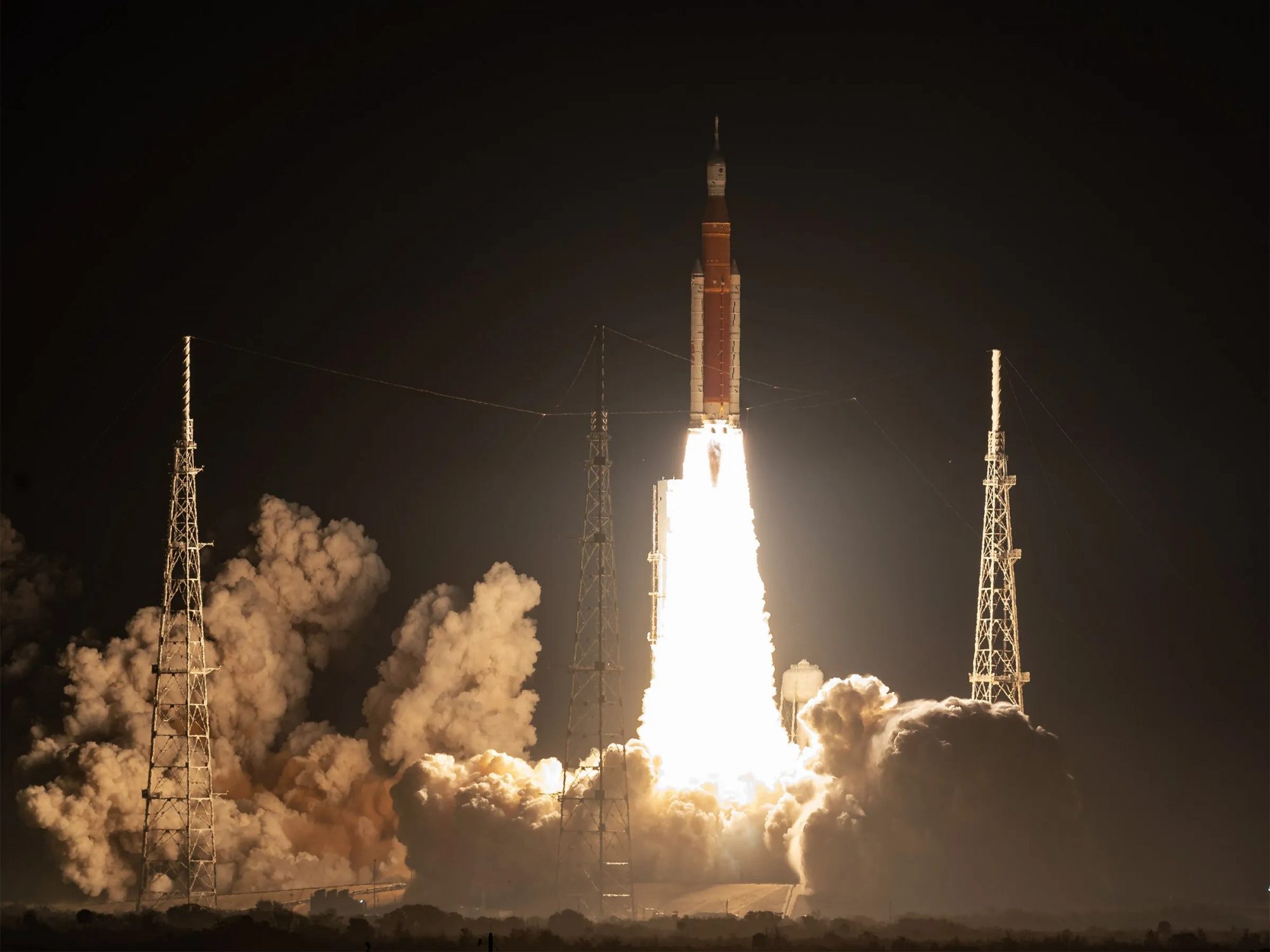
Because of that issue NASA has decided to once again delay the Artemis 2 mission, which will take human beings back to Lunar orbit for the first time since the days of Apollo. That mission was scheduled to launch in September of 2025 but according to a press release from the space agency the Artemis 2 mission will now take place no earlier than April of 2026. That delay will in turn further push back the Artemis 3 mission that is intended to finally return astronauts to the Moon’s surface until mid 2027 at the earliest.
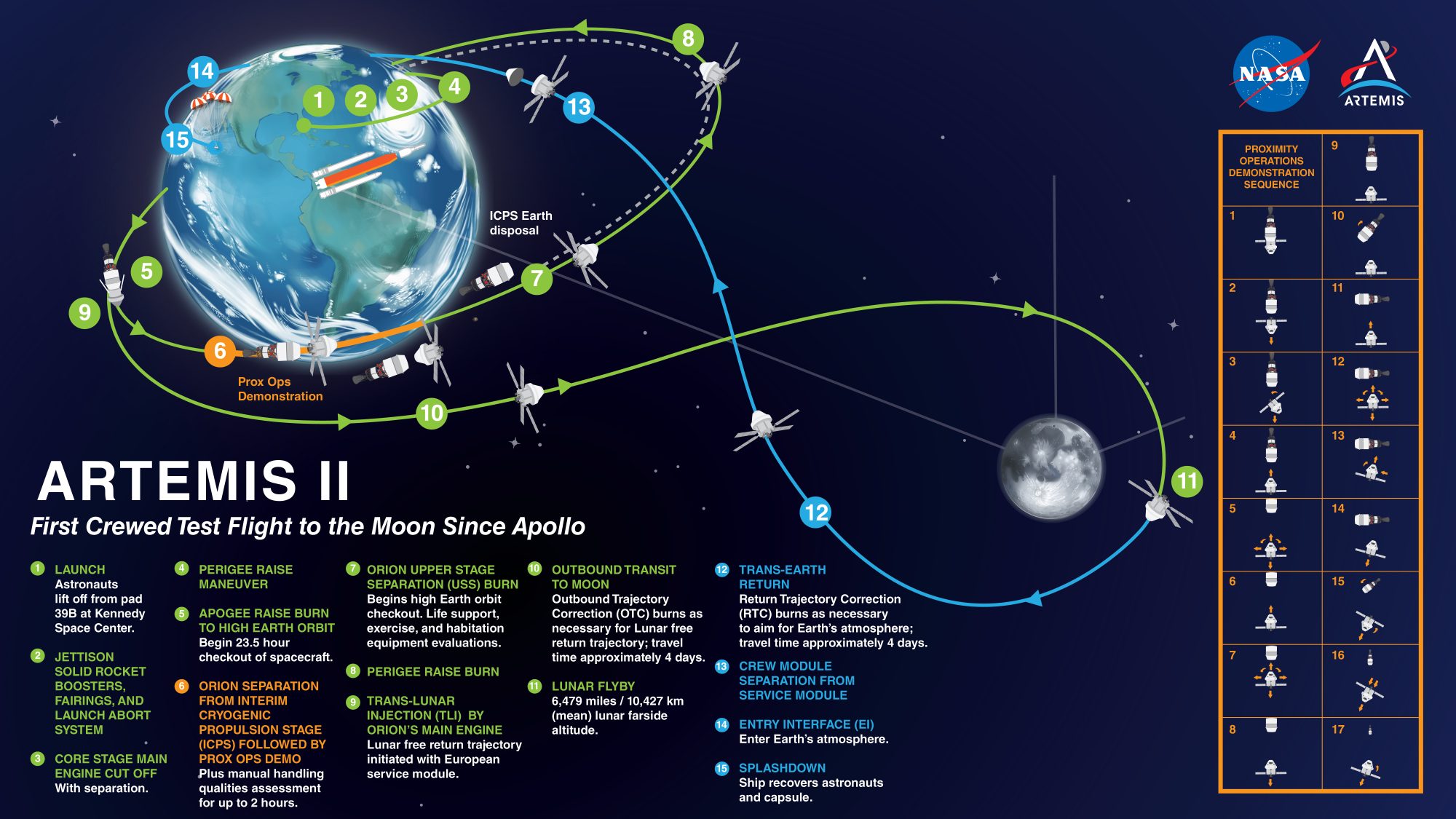
There is one small plus to the delays in the Artemis 2 and 3 launch dates and that is it will give more time to Space X and Blue Origin to develop and test their Lunar landing modules. Both companies are contracted to build the vehicles that will take astronauts from Lunar orbit to the Moon’s surface and both are deep in the development stages for their respective landers.
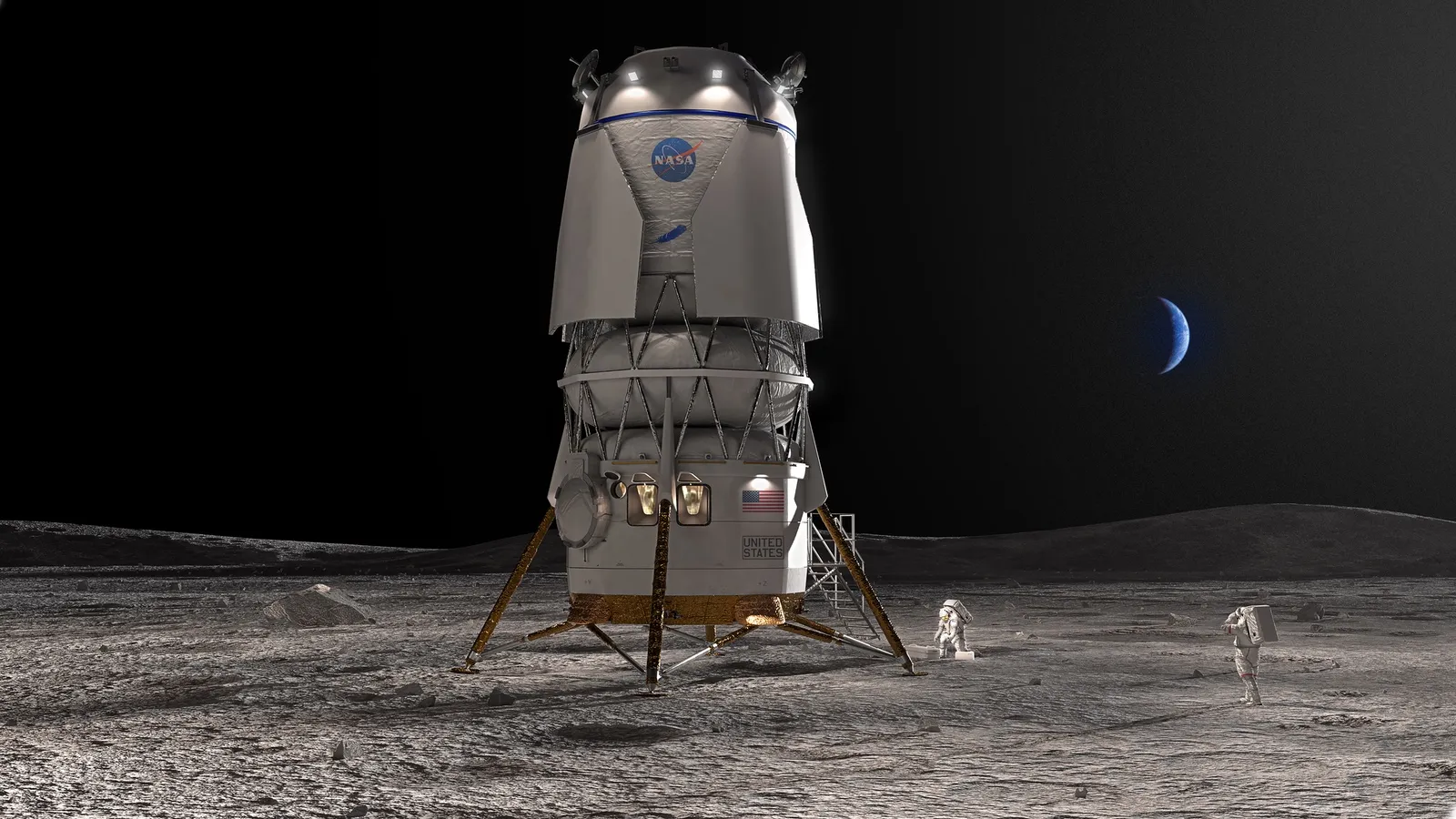
In fact NASA has just released contracts to both companies to develop unmanned cargo version of their landers. The development of cargo versions of the landers will allow NASA to place equipment on the Lunar surface before the astronauts arrive and to resupply the astronauts while there are on the Moon’s surface. One of the pieces of equipment that NASA is anxious to have on the Moon is a new pressurized rover vehicle being developed by the Japanese space agency JAXA and which is scheduled to be ready for the Artemis 7 mission in 2032. The long term establishment of a permanent base on the Moon will certainly require such cargo landers to deliver equipment and supplies.

Obviously making such long term plans and seeing them through to the end requires steady and constant funding and that requires a stable political situation. It’s with more than a bit of trepidation therefore that I tell you that President elect Trump has nominated Jared Isaacman to be the new Administrator of NASA, replacing the current NASA chief Bill Nelson.

On the surface Isaacman seems like a good choice, the billionaire founder of Shift4 payments corporation has actually been into space twice, each time funding private space missions through Space X, which just happens to be owned by Isaacman’s good friend Elon Musk. See my posts of 17 March 2021 and 2 October 2021. Isaacman is an avid supporter of space exploration who is firmly committed to America’s having a leading place in that endeavour. It is quite possible that Isaacman may succeed in doing what’s necessary to get the Artemis program back on track and return America to the Moon.
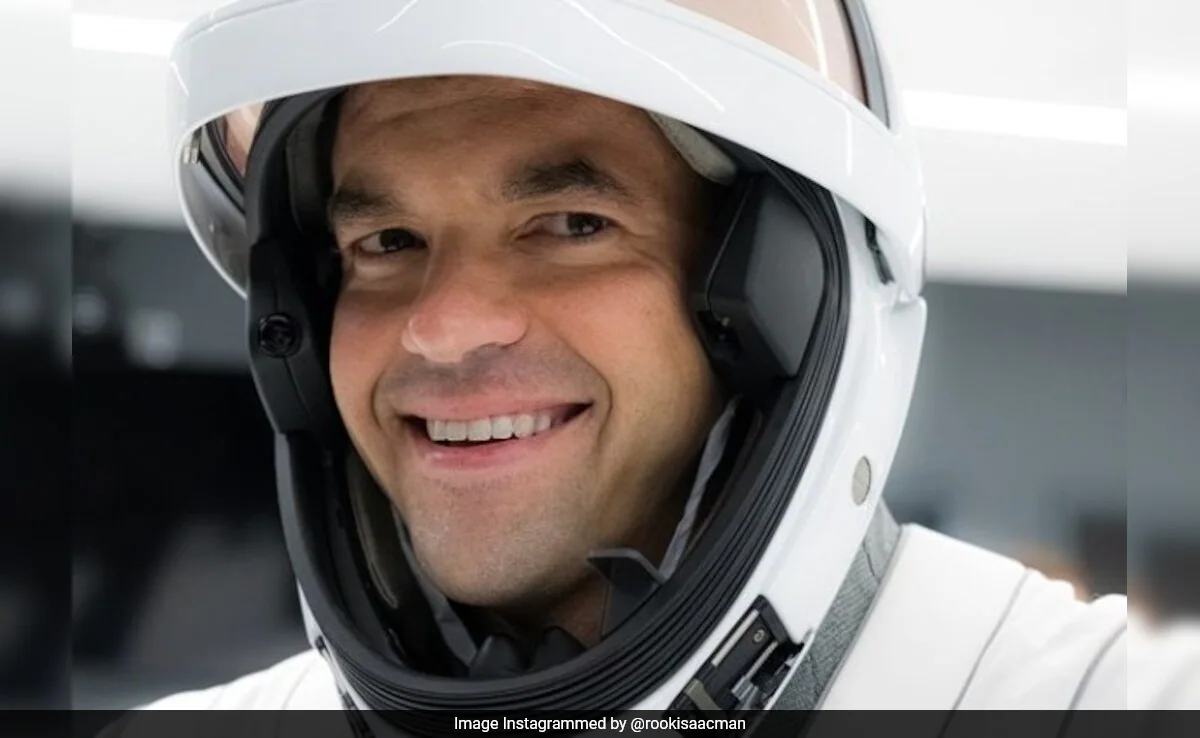
It’s also quite possible that Isaacman and his buddy Musk will look at all of the delays and cost overruns in the Artemis program and decide to just cancel it all? Will he and Musk convince Trump to just let Space X take over the whole task of space exploration? Maybe skipping the Moon entirely to go to Mars, which is what Musk has always wanted!
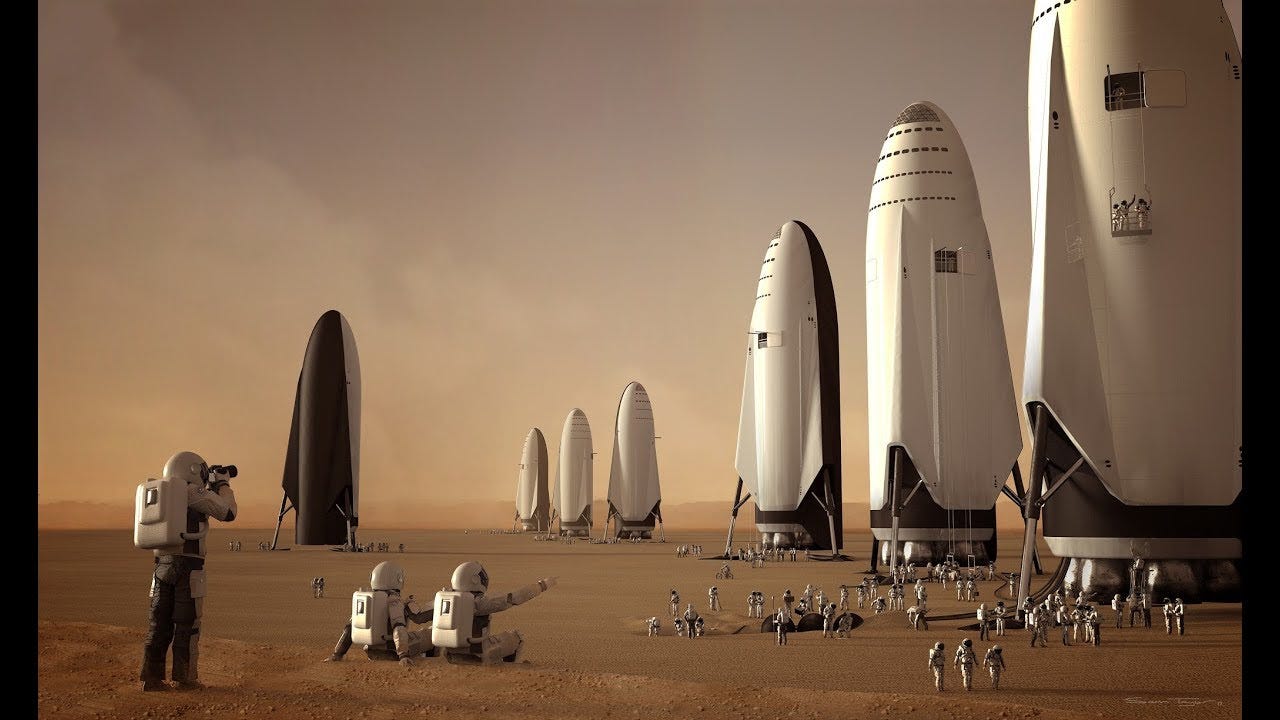
NASA has been jerked around like this countless times since Apollo. Reagan wanted to build a Space Station, but then George H.W. Bush decided to go to Mars. Clinton went back to Reagan’s plans and actually got a station built but then George W. Bush wanted to go back to the Moon again and it’s taken us 20 years to get at least some of the equipment ready.

So, will all of the time and billions already spent on Artemis simply be tossed aside for some new vision of these two tech billionaires? And if the Trump administration does give NASA an entirely different goal, a goal that will certainly take years to complete, what if the next administration changes it once again? And all the while China, which doesn’t have to worry about new administrations changing course every four years, just keeps plugging away with its goal of landing Chinese taikonauts on the Moon by 2030!




